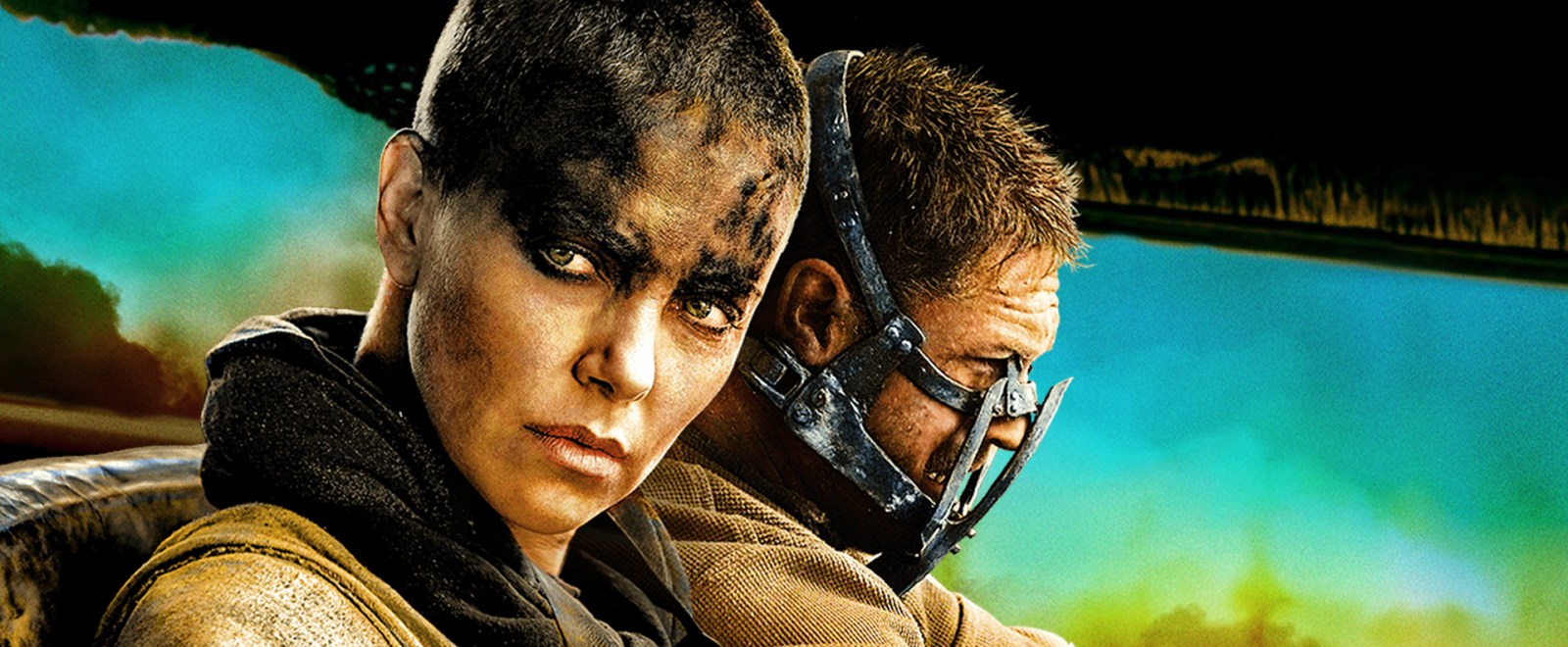Mad Max: Fury Road is only five years old, but that’s long enough for urban legends about the film to take hold. One such myth is a persistent rumor that director George Miller didn’t have a script for the apocalyptic thriller and that he relied solely on storyboards to make the technically impressive action film starring Tom Hardy and Charlize Theron. While the no script rumor had gone dormant, it recently resurfaced thanks to a series of tweets from Fury Road co-writer Brendan McCarthy, who claims it was actually Miller himself who started the rumor to add some “showman” flair to the film’s production. McCarthy says he still has the first draft of the script, which dates all the way back to the late ’90s.
However, in a statement to IndieWire, Miller denies starting the rumor, but he does confirm McCarthy’s claim that Fury Road always had a script, and that it’s make no sense to think otherwise:
“I’m not sure how the notion that Fury Road had no script came about. I suppose it’s because of the room lined with storyboards,” Miller said via email, referring to an image of 3,500 storyboards lining the walls of “the ‘Mad Max’ room” that’s been circulated online. “Of course there was a script! How else could we have presented the project to a studio, cast and crew to elicit their interest?”
In an odd twist, McCarthy deleted his tweets shortly after IndieWire published the statement from Miller, so make of that what you will. Obviously, the renewed interest in Mad Max: Fury Road stems from the recent announcement that Anya Taylor-Joy will be taking over the role of Furiosa in a prequel to the 2015 film written and directed by Miller.
(Via IndieWire)







